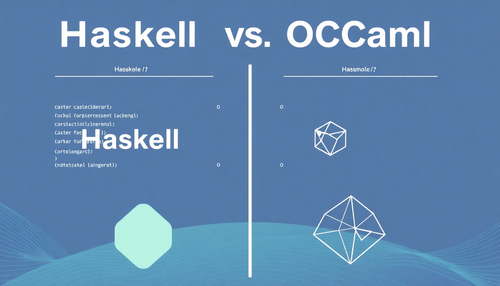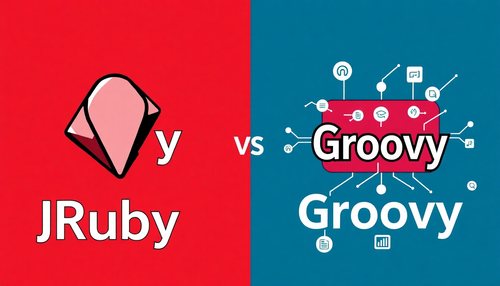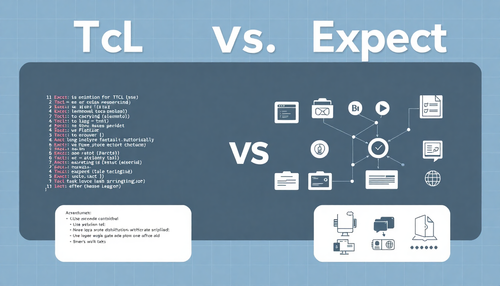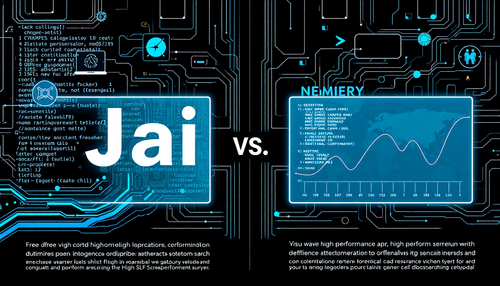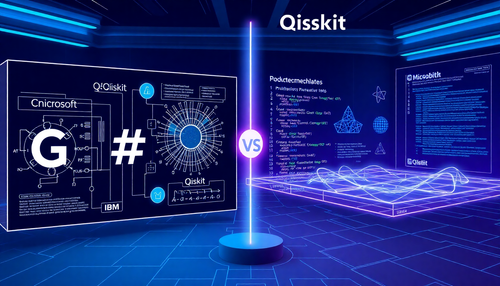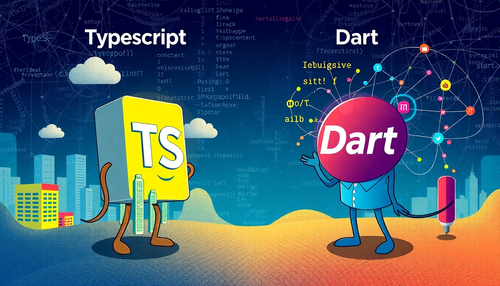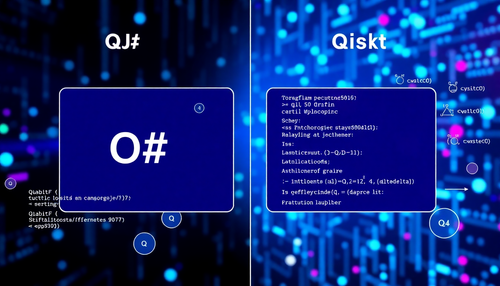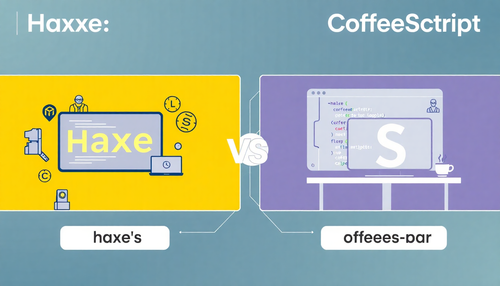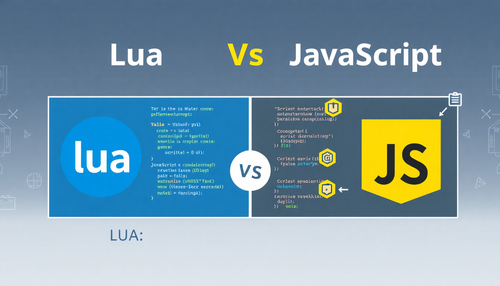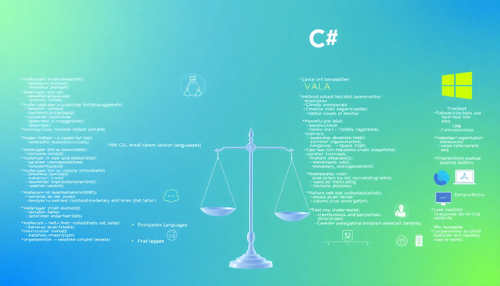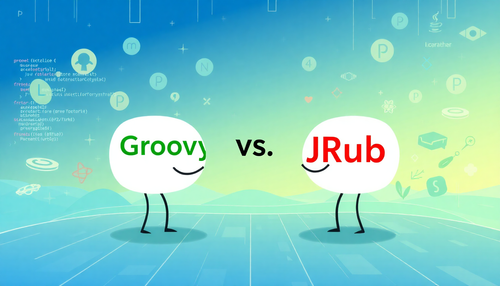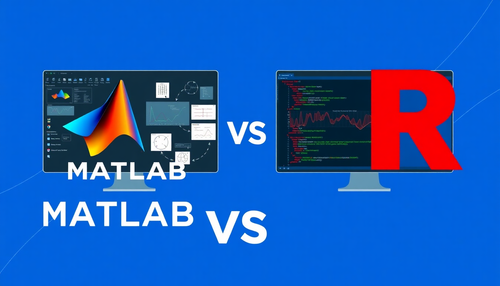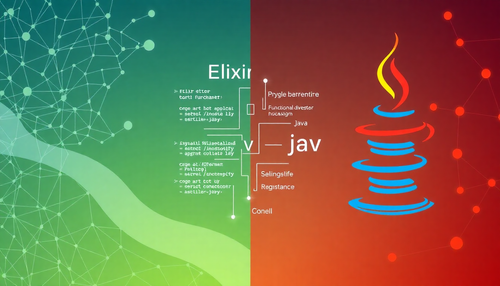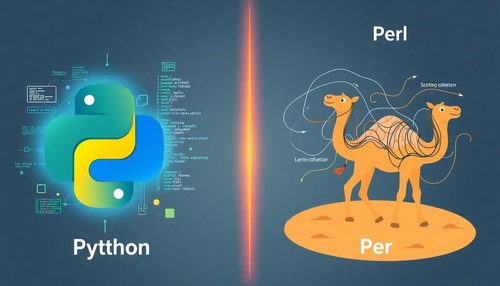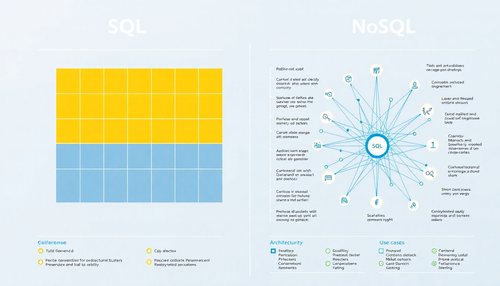Discover the benefits of a hybrid outsourcing model, combining the best of onshore and offshore strategies for optimal efficiency and cost savings.

When it comes to building software, there are many factors to consider. Should you work with an in-house development team? An outsourcing provider? A freelance team? Another model altogether? There may not be one model that seems to meet all of your technology needs.
But there is a way to have the best of all worlds: hybrid models. The hybrid outsourcing model means you are combining multiple vendor models – IT staff augmentation and software outsourcing services – to help you achieve your business and technology goals. This format is ideal for many different types of projects, especially complex, large, multifaceted projects that have many moving parts.
What is the hybrid outsourcing model all about? When should you use it? And how do you manage it effectively? Let's take a closer look.
Understanding the Hybrid Outsourcing Model
In software development, the hybrid outsourcing model combines several types or styles of outsourcing to achieve a balance between cost-effectiveness, quality and collaboration.
There are many different forms this type of model can take. The most obvious example is combining your in-house and onshore model with the work of an external service provider. In this case, one or more outsourcing teams will work together with your own team to successfully complete the project.
Alternatively, a company can partner with both nearshore and offshore software engineering teams – those located on the same continent and in completely different parts of the world, respectively – to carry out different operations. This means you'll likely face teams in several different countries or even continents, which can be challenging but will likely mean a more successful project overall.
Or an organization can take advantage of staff augmentation, in which service provider team members join the organization's internal team and delivery teams to undertake more complex, involved and long-term projects.
The point is that the hybrid outsourcing model can mean many different things and involve several different teams, organizations and processes. By combining these different pieces, you will be better equipped to meet your needs and ultimately achieve your goals.
In any case, hybrid outsourcing involves several key steps:
- Identifying customer needs
- Create and design customized solutions that meet business requirements
- Creating a plan
- Implement services and meet customer needs
Customers often find that they achieve the best results through a combination of outsourced development solutions – even more so, in some cases, than when using just one version.
Main advantages of the hybrid model
The hybrid approach brings a number of important benefits to companies looking for high-quality digital solutions. They include:
#1 Cost-benefit
Typically, outsourcing agreements mean lower costs overall. The hybrid approach can bring companies even greater cost savings. For example, if you combine lower-cost offshore resources with higher-cost onshore resources, you will reap the rewards of quality and specialized skills without having to pay a substantial price.
The cost savings are even more substantial when considering the flexibility of the model – or rather, the combination of models. You don't have to pay for features you're not actually using at any point, and you can change the approach depending on your needs.
#2 Improved Collaboration
Collaboration is essential for all development projects – or any project in general. By combining on-site and remote teams, you can enhance collaboration with your service provider. Because your own development team will also be involved in these efforts, you will be improving and boosting connections between your team members and the external team or teams.
Better collaboration also means stronger communication, which is critical to the overall development process.
#3 Scalability and flexibility
The hybrid model offers scalability and flexibility, allowing you to expand your team and resource pool while controlling costs. It's easy to add or reduce resources from different locations based on the needs of your project and/or your team members.
With more flexibility, you can streamline all relevant business processes and ensure you have the right number of people, tools and additional resources for the project. You can also continue to expand or reduce your talent pool depending on the different directions the project takes.
#4: Access to the Global Talent Pool
Using outsourcing providers for your projects means you will have access to a global talent pool. But the hybrid model gives you access to an even more diverse and qualified talent pool, and you can combine teams from different regions to bring your project to fruition.
With a multicultural team at your disposal, you will be better able to leverage diverse skill sets and experiences. This is beneficial to team dynamics and leads to greater innovation and creativity, adding even more value to your team and the bottom line.
Implementing hybrid outsourcing model in software development projects
How, then, can you implement a hybrid outsourcing model in your projects? Every organization is different, but these are the general steps to follow. Keep in mind that more standardized individual outsourcing models can work in many contexts, while the hybrid method may be better suited for large, complex projects that have time constraints and require a range of resources.
1. Define project requirements and objectives
The first step of any development project is to define the project requirements, objectives and goals. These specifications will dictate the course of your project, from selecting the outsourcing models you will use to crafting a course of action and plan to establishing roles and responsibilities.
These requirements must be clear and solid – there is no room for inaccuracy. To make sure they are very specific and understandable, create requirements documents. These documents will be useful for planning as well as helping to get everyone on the same page.
When we define you should set goals, we mean that these goals must be realistic and achievable. Setting goals that are too lofty will lead to a complicated development process and roadmap, as well as disappointment in the future. Additionally, you may have difficulty finding outsourcing partners who are willing to help you with your project because they may consider your goals to be overly ambitious or unrealistic.
Remember, your outsourcing partners can help you solidify and further develop your goals by giving you their expert opinion on whether they are achievable. However, you should still have some basic ideas about the general goals you want to achieve.
2. Select the right mix of outsourcing models
This is the crux of the hybrid arrangement. At this point, you will need to determine which types of outsourcing models are best suited for your business and your project. You should also think about the combination of onshore, nearshore and offshore models that are ideal for your team. Take into account the various factors that will influence the progress of your project or projects.
Some items to consider when assembling your hybrid team are:
- The complexity of the project in question
- The time you expect to need to complete the project
- Cost and budget
- Time zone differences
- Cultural differences
- Communication requirements
- The skill sets and qualifications you need
- The strengths and weaknesses of your internal team
- Personal preferences
3. Build the Hybrid Team
To build your hybrid team, you choose team members based on the criteria above. This process usually means that you are selecting professionals and even suppliers from several different locations.
Of course, assembling the hybrid team is not the end of the assembly process. You will also need to manage and coordinate a multicultural team, which includes people who speak different languages and live in different time zones.
As part of the process, you should ensure that all selected team members have a working knowledge of English or your preferred language. This will reduce the chances of miscommunication and misunderstandings. Additionally, if you are not operating in the same or similar time zones, you will need to discuss when you can connect and how these interactions will occur. This is important for project management and oversight.
4. Establish communication and collaboration processes
Communication is a critical part of establishing a strong working relationship with your outsourcing partner. This is especially important when you are putting together a hybrid team because there are many different teams and players involved, and they will most likely come from different parts of the world.
To have a successful means of communication and collaboration, you must detail your processes upfront. From the beginning of the relationship, confirm with your partner or partners how you expect to communicate. For example, determine which channels you will use and for what purpose. Maybe you'll use Slack for daily contact, for example, while video conferencing platforms like Zoom will be reserved for weekly meetings to ensure everyone is on the same page.
While this is a little more difficult, you must also determine the styles in which you prefer to communicate and collaborate. This should be a process that takes into account the cultural norms and work behaviors of everyone involved. It is also important to discuss the frequency of your changes.
Conclusion
More and more companies are working with external organizations or individuals to achieve their goals, rather than relying solely on full-time internal employees. There are many different options to use, but the hybrid model is a flexible, efficient and cost-effective model to help teams of all shapes and sizes achieve their goals and should certainly be on your radar.
The hybrid approach leverages a combination of outsourcing methods to build high-quality software and help organizations. It's especially successful when you:
- Lack of immediate local talent or specialized skill sets
- Development of complex and large-scale projects or initiatives
- Dealing with time constraints
- Need a high quality product or service
If any of the above circumstances apply to your business, chances are you could benefit from a hybrid outsourcing approach – and reap huge benefits.
If you liked this article, be sure to check out some more articles about outsourcing.
- Leveraging Big Data to Boost Your Outsourcing Model
- Simplifying Communication for Successful Software Outsourcing Projects
- Software Outsourcing Models Demystified: Complete Guide
- Types of contracts you should consider for outsourcing software development
Common questions
What is the hybrid outsourcing model in software development?
The hybrid outsourcing model combines several types of outsourcing models to help organizations achieve their goals. They may involve a combination of onshore (teams within your own country), nearshore (teams in nearby countries) or offshore (teams in distant countries) or different styles of outsourcing such as delivery teams and staff augmentation.
How does the hybrid outsourcing model improve collaboration in software development projects?
Collaboration is essential for complete software development projects. The hybrid outsourcing model combines on-site and remote teams to strengthen and improve collaboration. In this case, people from different parts of the world are coming together to work on a project and complete it.
What factors should be considered when selecting the right mix of outsourcing models?
To select the right mix of outsourcing models, you must consider several different factors, such as:
- Cost benefit
- Time zone differences
- Cultural compatibility
- Unique needs and requirements
There will be other factors that you must consider based on the specific project and your business requirements.
How can I manage and coordinate a multicultural hybrid team?
Managing and coordinating a cross-cultural hybrid team can be difficult in an outsourcing context. It is important to understand and respect cultural differences, while recognizing that challenges may arise from these differences. To foster a positive team environment, you must establish clear communication and promote understanding among all teams and individuals involved.
What tools and strategies can facilitate ongoing communication and collaboration in a hybrid outsourcing model?
In the hybrid outsourcing model, organizations can use a variety of communication tools and techniques, such as project management platforms, video conferencing, and regular meetings. Establishing effective communication and collaboration processes within a hybrid team is important for keeping everyone up to date and progressing.
Source: BairesDev



